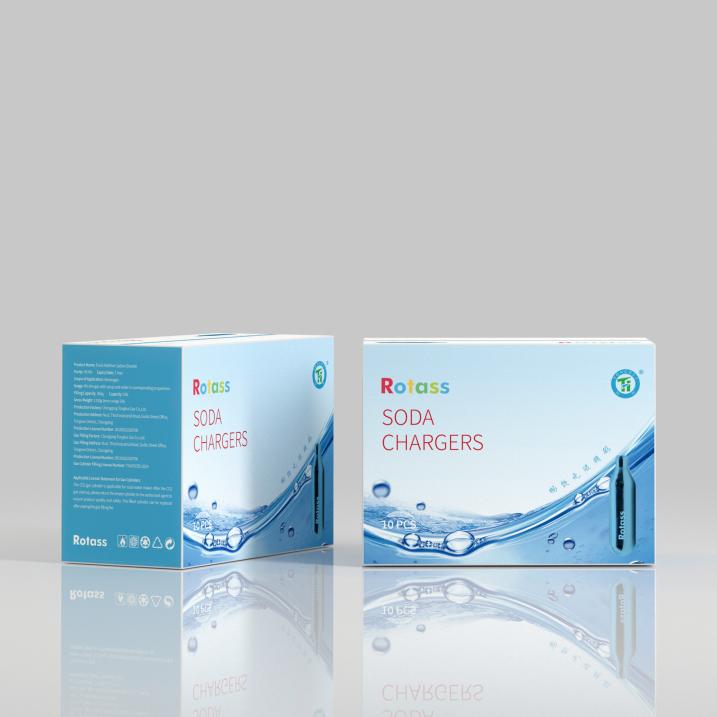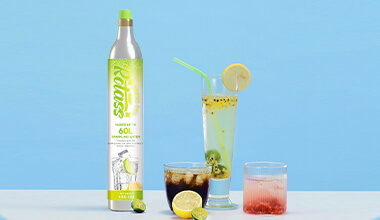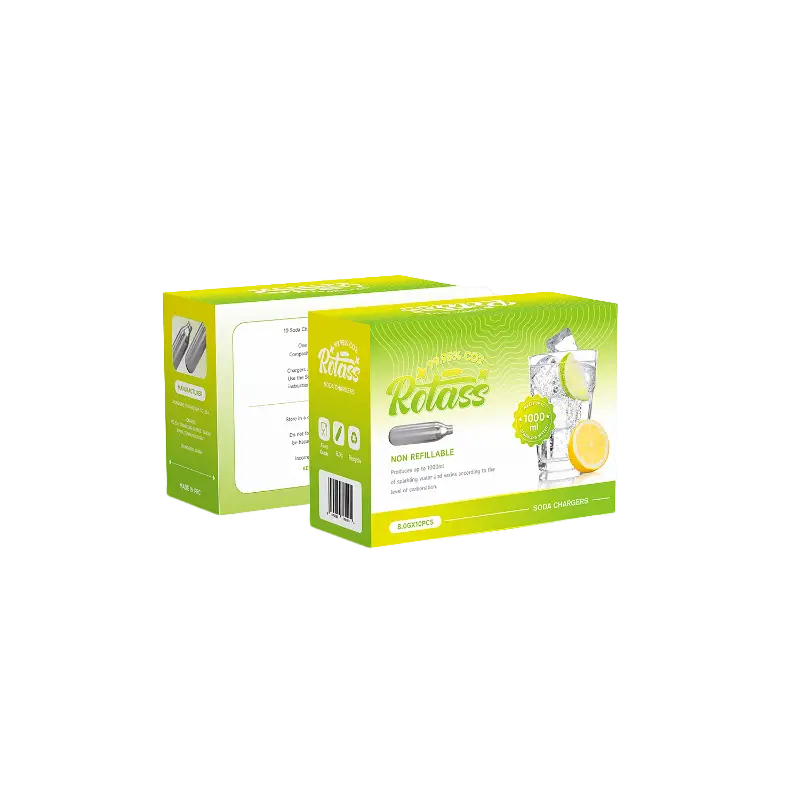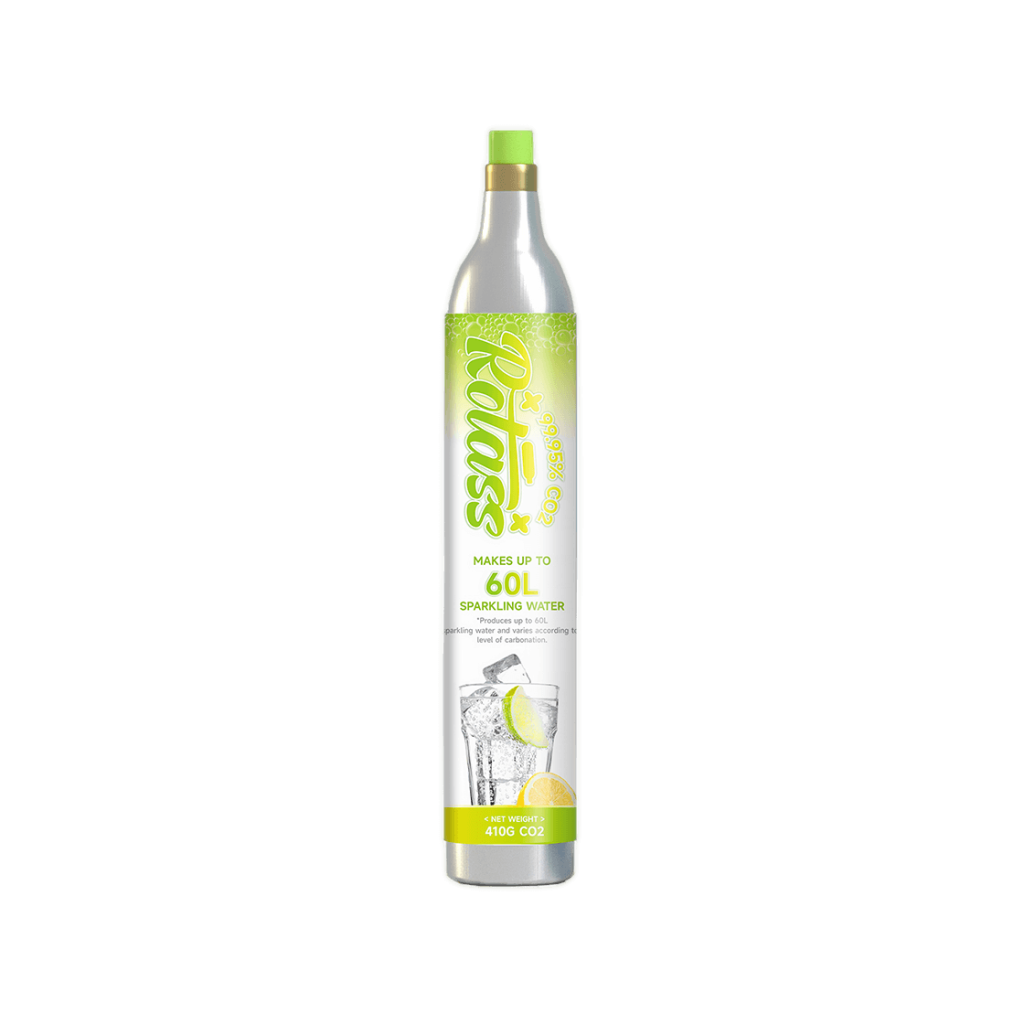2024 / 04 / 18
Basic Knowledge of CO2 Gas Cylinder Filling
For a long time, there have been doubts about the filling of the co2 gas cylinder. Some say that liquid co2 cannot be filled, some say that the filling coefficient is 0.6kg/L, and some say that the critical temperature of co2 is 31 degrees. You must be puzzled by this. If the injection is all gaseous co2, can there be 0.6kg of gaseous co2 in a liter of space when the temperature is below 31 degrees?

Question: The nominal working pressure of the carbon dioxide cylinder is 15Mpa, and the pressure at the end of filling is only 7-8Mpa, which is far lower than the nominal working pressure. Why do you emphasize that “overfilling is strictly prohibited” and must be filled according to the 0.6kg/L standard?
Answer: It belongs to high-pressure liquefied gas in bottled gas, and its critical temperature is 31°C. When the temperature is lower than 31°C, it can be liquefied by pressurization. When the temperature is equal to or higher than 31°C, the liquid carbon dioxide in the co2 cylinder will be converted into gaseous carbon dioxide.
You must fill carbon dioxide according to the standard of 0.6kg/L. When the temperature is close to 31°C, the pressure inside the bottle is in the state of gas-liquid coexistence, and the saturated vapor pressure on the liquid interface is 7.39Mpa. When the temperature reaches or exceeds 31°C, a phase transition from liquid to gas occurs. The pressure inside the co2 gas cylinder is no longer an extension of the saturated vapor pressure of carbon dioxide, but a sudden rise in pressure due to a large amount of vaporization of liquid carbon dioxide. At this time, the pressure condition in the representative bottle is essentially the same as that of the permanent gas. When the temperature continues to rise to 54°C, the pressure inside the bottle increases to about 15Mpa, which is equivalent to the nominal working pressure of the CO2 gas cylinder. Due to these characteristics of carbon dioxide in the Co2 cylinder, to ensure the safety of the co2 gas cylinder during filling, storage, transportation, and use, it should be filled strictly according to the specified filling coefficient.

The Co2 gas cylinder is an independent thin-walled airtight container without a heat insulation layer. The pressure of carbon dioxide in the Co2 cylinder is not only related to the temperature but also related to the filling volume. The nominal working pressure of the Co2 gas cylinder refers to the limited filling pressure of the gas-filled at 20°C for permanent Co2 gas cylinders, and the filling volume is measured by pressure. As for Co2 gas cylinders containing high-pressure liquefied gases such as carbon dioxide, the temperature is 60℃ which is the limit value of the gas pressure in the Co2 carbonator, and the filling quantity is measured by weight. If it is not filled according to the 0.6kg/L standard but is overfilled, the gas phase space in the bottle will decrease accordingly. As the temperature rises, the volume of liquid carbon dioxide will expand accordingly, and the gas phase space will continue to decrease, eventually causing the inner “full liquid” and gas space to disappear in the carbon dioxide cylinder.
When the carbon dioxide cylinder is full of liquid, the pressure is no longer the saturated vapor pressure, but the expansion force of the volume expansion of liquid carbon dioxide. This expansion force is much greater than the saturated vapor pressure. The volume expansion coefficient of liquid carbon dioxide is relatively large. In the range of -5 to 35°C, the pressure inside the carbon dioxide cylinder will increase by 0.314 to 0.834Mpa for every 1°C increase in temperature. Therefore, overfilling can easily cause the cylinder to explode due to overpressure.
While normal CO2 filling (room temperature below 31 degrees), you can only be filled with less than 0.6 kg of liquid CO2 per liter of the Co2 gas cylinder. In this way, when the room temperature is gradually increased, even higher than 31 degrees, there is enough space in the carbon dioxide cylinder to allow the volume of liquid CO2 to expand and even vaporize, instead of banning the injection of liquid co2.
The graph below is called the carbon dioxide experimental isotherm graph. The abscissa is the reciprocal of the density, and the ordinate is the pressure. Lines show the relationship between pressure and density at different temperatures. Different colors indicate the state of co2, including liquid state, gaseous state, vapor state, and liquid-vapor coexistence state. Point C is a critical state, which means that CO2 cannot be liquefied no matter how high the pressure is when it exceeds 31°C.

On the left, there are several lines close to the vertical state, which is called the supercritical state. It indicates that as the density increases, the pressure increases rapidly. In actual use, if it enters a supercritical state, it means an explosion! Therefore, the main safety consideration in actual use is to avoid entering the supercritical state.
The relationship between Co2 and temperature
31°C is the critical temperature of CO2. When it exceeds 31°C, the originally liquid CO2 will be completely vaporized. There is not much difference in the pressure change when the temperature rises from 30°C to below 31°C, or from below 31°C to 32°C. Of course, when an explosion occurs, the direct cause is the increase in temperature. This is because at the same density, the higher the temperature, the easier it is to enter the supercritical state. The fundamental reason is that the density is too high, close to the supercritical state.
The relationship between Co2 and nominal pressure
The filling volume has nothing to do with the nominal pressure. Suppose I have a good quality steel Co2 gas cylinder with a nominal pressure of 100MPA, can I fill it to 50MPA? The answer is no, even if there is such a steel Co2 cylinder, it can only be inflated according to the standard of 0.6kg/L, and the pressure can only be around 7-8mpa. This is because the pressure will increase hundreds of times when entering a supercritical state, and even the best steel Co2 cylinders are useless. Besides, it’s not cost-effective to charge too much. The pressure ranges from 7mpa to 50mpa, which may be just a little bit more.
It can be seen from the figure that the main consideration of co2 safety is to avoid entering the supercritical state, and the key factor affecting entering the supercritical state is density, which has little to do with other factors. Based on this estimate, generally charging 0.5kg/L in summer and 0.6kg/L in winter can ensure safety.










